- Joined
- 3 June 2011
- Messages
- 17,333
- Reaction score
- 9,070
Way too big for eight on the rotary launcher I'd think.
Way too big for eight on the rotary launcher I'd think.
Some AGM-86 variants are 690mm, AGM-183 is only 658mm wide I think.Way too big for eight on the rotary launcher I'd think.
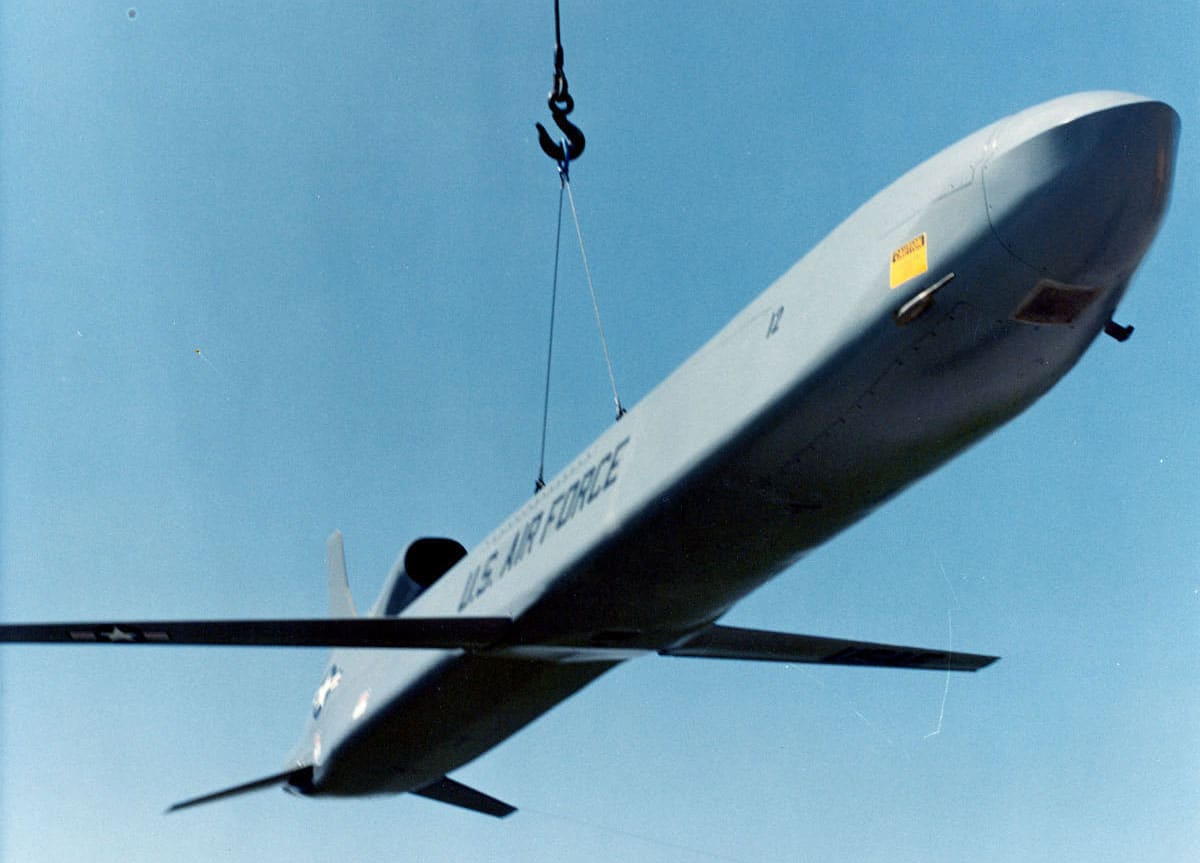
 missilethreat.csis.org
missilethreat.csis.org
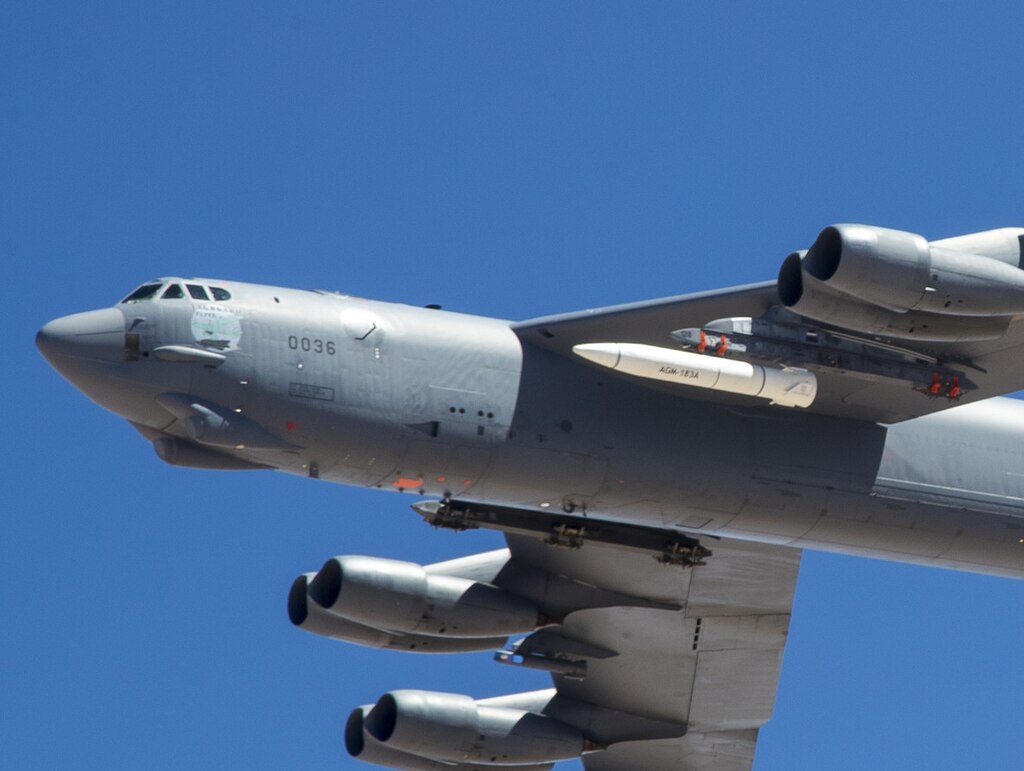
Difference is that AGM-86s are roughly trapezoidal to pack tightly around the rotary launcher, while AGM-183 is a big cylinder.Some AGM-86 variants are 690mm, AGM-183 is only 658mm wide I think.
There seems to be an imminent test of the US Air Force's AGM-183A ARRW hypersonic missile out of Guam.
While we'll cite multiple sources below, we want to make sure to credit this story from The Warzone for bringing this to our attention:https://www.twz.com/air/unprecedented...
It's China. If they ever looked at it they own it.
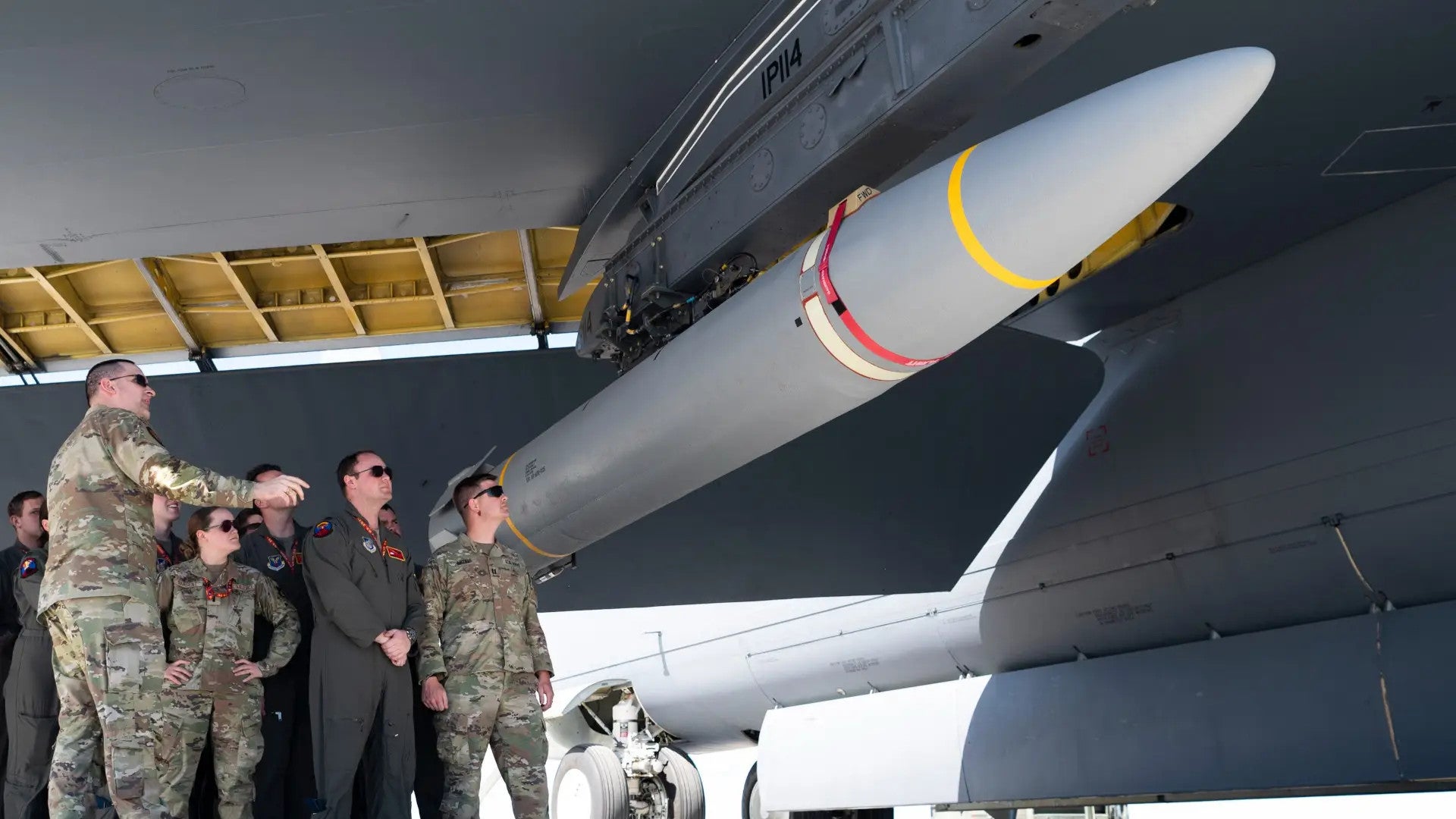
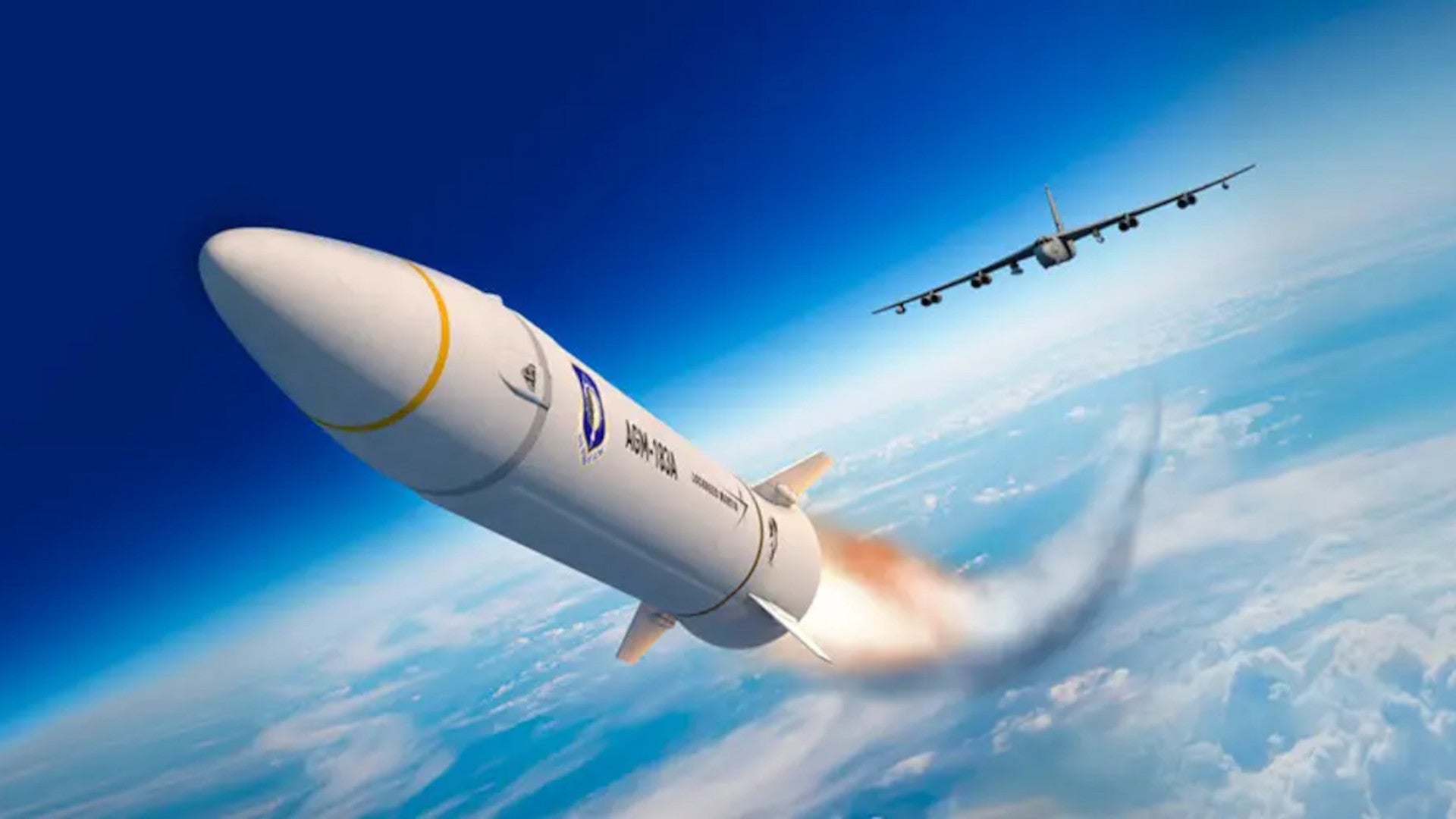
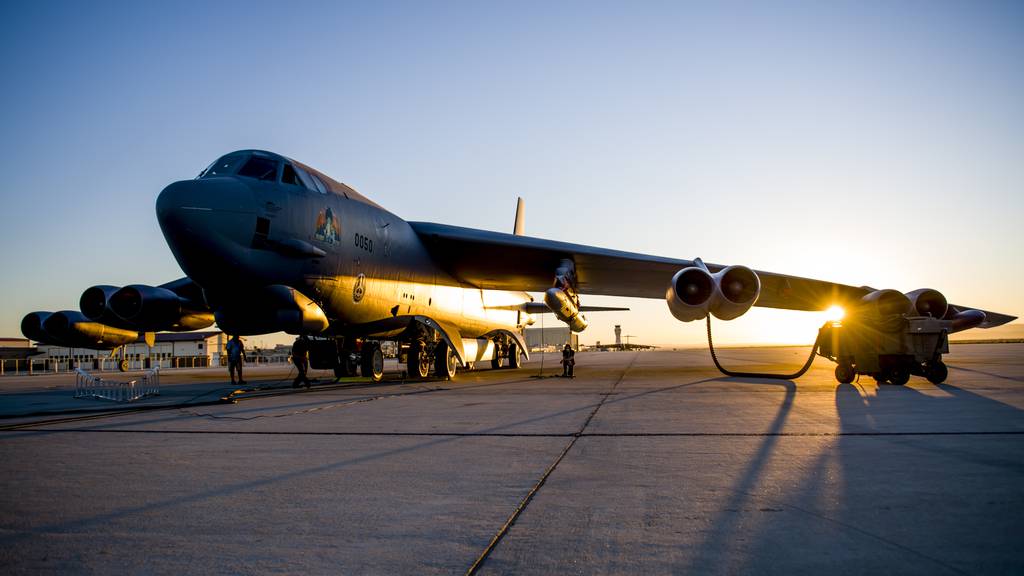
"Time to quit". The official US hypersonics challenge coin.All these article sound like the test failed, missile either unable to reach hypersonic speed or reach it for only a short period then break up.
Sounds like another failure.Did the final test actually succeed?
I thought that at first but then I thought it can't be, because it's simply impossible to fail that much.Sounds like another failure.
If the test was a success, you will often hear them brag about how the missiles maintain hypersonic speed for more than xxx seconds or more than xxx km. You know, like how they often talk about HAWC test. Like this:Did the final test actually succeed?
The Lockheed Martin missile again flew at speeds greater than Mach 5, higher than 60,000 feet, and farther than 300 nautical miles. This latest flight demonstrated improved capabilities and performance. The nation’s hypersonic portfolio now has two feasible hypersonic airbreathing missile designs (Lockheed Martin and Raytheon) to improve and mature in the future.
I'm curious to know what didn't work since it's basically just a rocket with a scaled Pershing II RV.
Not the initial version from my understanding. RV was based on the SWERVE concept.Wasn't ARRW a Glider?
To be fair, most of the problems that we heard of had nothing to do with the RV.Not the initial version from my understanding. RV was based on the SWERVE concept.
If they can't get ARRW to work, then I don't see how LRHW will work either, since they use the same RV.
If they can't even get a single-stage solid booster to the point of glider release we have bigger problems.To be fair, most of the problems that we heard of had nothing to do with the RV.
Yeah but isn't this a newer with the Glider?Not the initial version from my understanding. RV was based on the SWERVE concept.
If they can't get ARRW to work, then I don't see how LRHW will work either, since they use the same RV.
ARRW uses the TBG glider. HCSW, now canceled, used the CHGB derivative of SWERVE.Not the initial version from my understanding. RV was based on the SWERVE concept.
If they can't get ARRW to work, then I don't see how LRHW will work either, since they use the same RV.
So what does LRHW use?ARRW uses the TBG glider. HCSW, now canceled, used the CHGB derivative of SWERVE.
CHGB.So what does LRHW use?
Seems I have my RVs confused, I knew something else used the same SWERVE-derived RV, but mistakenly thought it was ARRW. The 'C' does seem kind of redundant now though.CHGB.
Seriously.If they can't even get a single-stage solid booster to the point of glider release we have bigger problems.
I think the USN hypersonic is also getting the CHGB.Seems I have my RVs confused, I knew something else used the same SWERVE-derived RV, but mistakenly thought it was ARRW. The 'C' does seem kind of redundant now though.
That basically is an LRHW launched at sea though.I think the USN hypersonic is also getting the CHGB.
I think that artist's impression gets used for everything from HTV-2 to Avangard when authors basically just don't know.I didn’t look through the 157 pages (document shared above) yet but I thought there were pictures posted of the warhead looking like a mini “wave rider” type design?
-- Break --
Last Sunday, the US Air Force conducted a test launch of the AGM-183A Air-Launched Rapid Response Weapon, or ARRW, over the Pacific. This missile was once slated to become America’s first in-service hypersonic weapon, but after a series of testing failures, now has an uncertain future.
Let’s talk about what this weapon is, what it’s capable of, and why it could provide the United States with a unique and utterly unmatched strike capability if it does make its way to service.
The obvious answers are to provide volume for something (control actuators?) or to improve stability.A flared boat-tail would add aerodynamic drag to the missile.
"Time to quit". The official US hypersonics challenge coin.
ARRW is a little more complicated than an air launched ATACMS. No one expected failure in the first place.
The real question to be asked is how they kept failing, because if you can't make a hypersonic rocket glide bomb, then you have some basic, fundamental problems with your engineers on the team. Perhaps they hired community college students? Maybe it was a end of course experience credit? HAWC, a far more technically challenging system, finished all tests successfully without any notable failures or deviations. So did SCiFIRE.
Regardless, ARRW was always going to be interim to HACM, which is why canceling it wasn't a problem to begin with. It was supposed to be in service by now, with a small quiver of hand-built weapons, and be replaced when RTX's HACM entered service as the actual hypersonic missiles rolled off the production line sometime within the next 5 years or whatever.
HAWC's astounding success is the main reason the USAF is proceeding with HACM in the first place lol. ARRW seems to only have issues with it being built by crummy engineers whose degrees aren't worth the paper they're printed on. Meanwhile Northrop has constructed functional scramjet motors capable of propelling weapons, at tactically significant ranges, without failure. It's embarrassing, but only for Lockheed, and a smart move by the USAF.
Perhaps RTX can do a boost-glide missile better. Unfortunately, they seem to be busy successfully building scramjet powered missiles.
While it's entirely possible that HACM could yet fail, it has a far greater chance of success than ARRW did, and if you asked RTX to build ARRW they wouldn't be failing at very basic software integration or shackle release problems that Lockheed seems to stumble with.
Weren't the issues primarily related to the boosters?
Could be they were using older spare boosters lying around in order to keep costs down and speed up development, and the boosters are just at their age limits.
